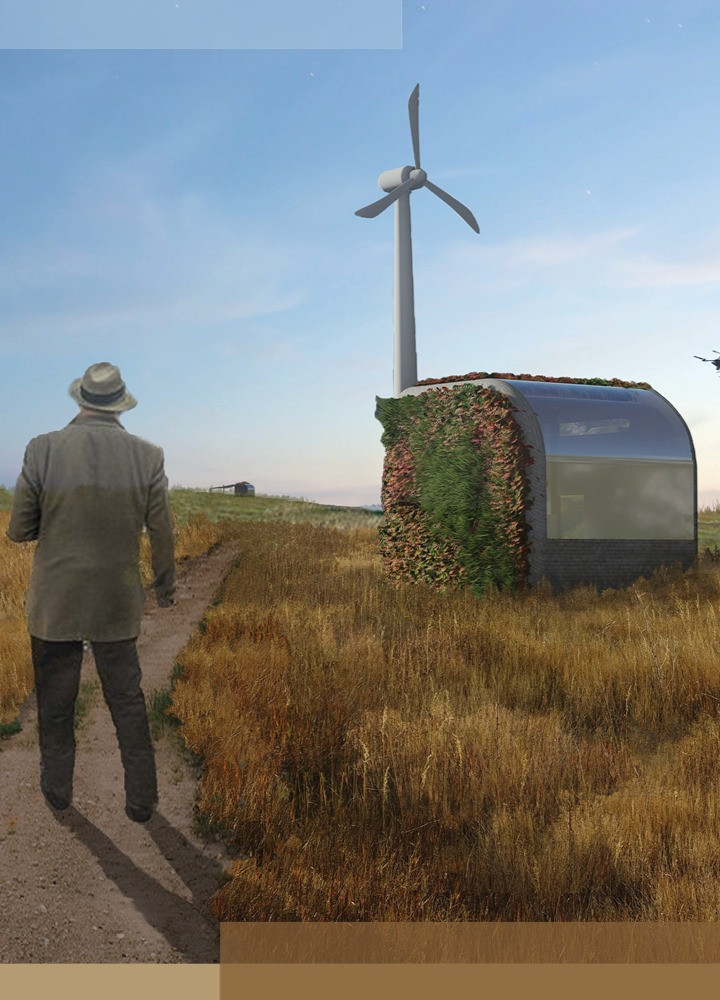5 key facts about this project
The Tellurian project is an architectural endeavor that explores the connection between human living spaces and the natural environment. Located in a thoughtful setting, the design aims to create small, adaptable communities while promoting sustainability. The main idea focuses on modularity and the use of technology to support communal living and a responsible approach to the environment.
Design Philosophy
The design principle behind Tellurian emphasizes flexibility and modularity, allowing for adaptations based on site characteristics and the needs of residents. By utilizing drone-based 3D printing and a digital library of construction solutions, the approach minimizes disruption to the surrounding area during the building process. This method allows for ongoing development and expansion without requiring additional materials, helping to create a cycle of sustainability within the built environment.
Spatial Organization
The layout of Tellurian features a practical one-floor design that makes effective use of available space. The internal arrangement of living, working, and sleeping areas enhances movement and visual connections between different zones. Integrated furniture solutions simplify the use of space, particularly in the transition between living and kitchen areas. Notably, the sleeping area is defined by a mesh net structure resembling a hammock, adding a touch of flexibility and encouraging a sense of freedom within the home.
Integrated Systems
Tellurian includes systems designed to efficiently utilize natural resources. These systems manage grey water produced from daily activities, allowing for its reuse in gardens and treatment processes. This focus on resource management underscores the project's commitment to ecological principles, ensuring that every part of the design contributes to sustainability and environmental awareness.
Technological Advancements
Drone technology plays a key role in construction and maintenance within the design. By reducing the need for traditional machinery and transport methods, the architecture minimizes its ecological footprint. This innovative application of technology allows for more efficient building practices and supports the growth of community spaces.
Above the living areas, drone bays serve as a useful feature for managing operations. They allow for easy docking and charging of drones, all while maintaining the overall aesthetic of the design.






















































